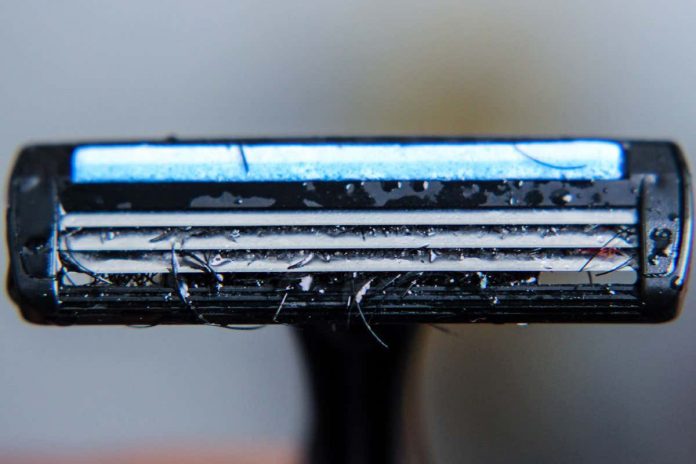[ad_1]

Sujata Jana / EyeEm / Getty Images
Razors may start sharp, but even though they only cut soft hair, they become dull surprisingly quickly. Now we know why blades that cut soft materials lose their edges so easily, which should help researchers design longer-lasting blades for knives and razors.
“We are all familiar with the problem with razor blades: you use them, they work for a short while and then they are not so good any more,” says Cem Tasan at the Massachusetts Institute of Technology. “You have a blade made of steel and then it touches human hair, which is obviously a much softer material, but the blade somehow deforms.”
Tasan and his colleagues placed a device that used razor blades to cut hairs inside a scanning electron microscope to watch the process in extreme detail. They also analysed the molecular make-up of the blades to try to figure out why soft materials like hairs or cheese can blunt razors and knives even though the blades are much harder and stronger than the materials being cut.
Advertisement
They found that the blades had tiny chips in their edges as a result of the process that hardens the steel. These minuscule cracks tended to occur at borders between areas of slightly different microscopic properties in the steel.
When a razor blade cuts the hair, those cracks tended to widen, with the severity of the cracking depending on the angle between the blade and the hair and whether the hair meets the blade at a point where one of the cracks lies.
“We expected that the failure of these materials should just be wear: you start with a sharp unit and as you use it, it just becomes rounder,” says Tasan. “But this is not the case: the process of chipping is much faster.”
It is difficult to control for the angle and position of the hair, so the best way to make longer-lasting blades may be to create them in a way that minimises the beginnings of these small cracks, maybe by using more uniform materials. Tasan and his colleagues are working on such a material now, he says.
Journal reference: Science, DOI: 10.1126/science.aba9490
More on these topics:
[ad_2]
Source link











